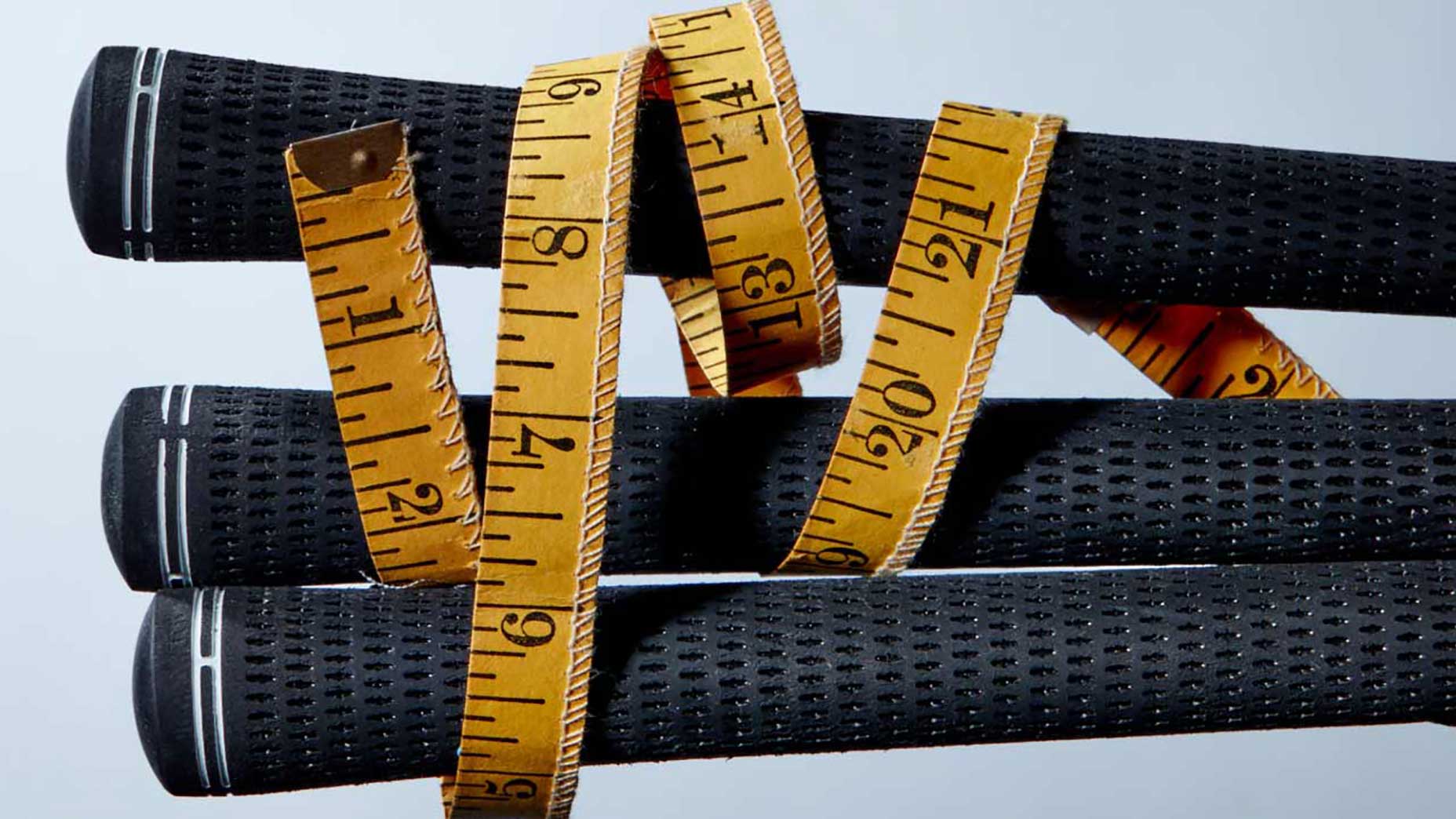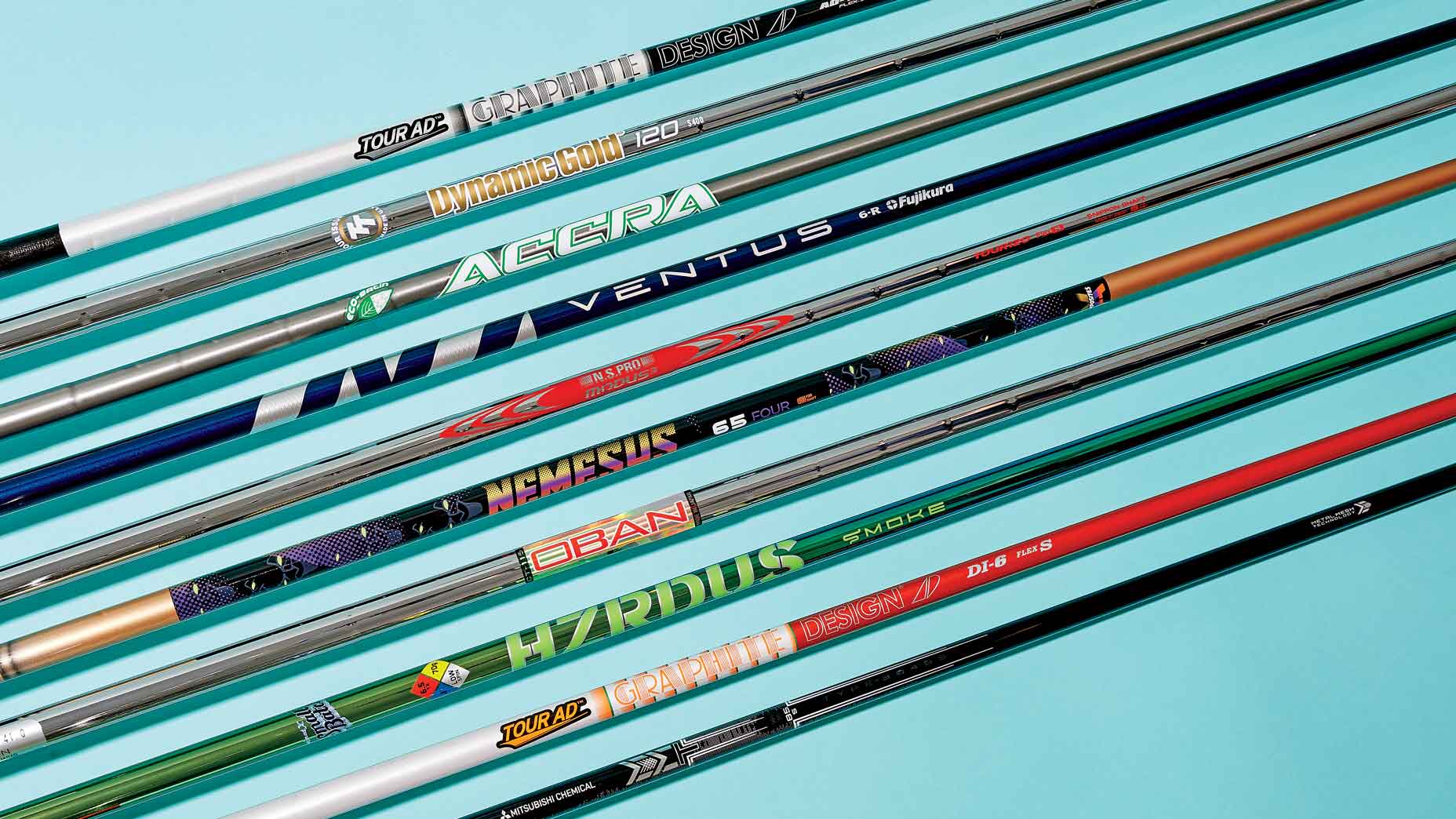
Golf shafts are important. Really important. Here’s what you need to know about them.
Getty Images
Every week, in collaboration with our affiliate-company True Spec Golf, our in-house team of equipment experts host the Fully Equipped podcast. It’s where we break down the most interesting equipment news in golf, from the most authoritative voices in the game. New in 2021, we’re going to be highlighting many of those same Fully Equipped voices on GOLF.com as part of an expanded series of articles, sharing the best equipment insight around, and helping you play better golf as a result.
This week, following an interesting Fully Equipped episode about Rory testing new shafts in his three wood, we’re trying to learn-up on golf shafts for our own games. These are the basics golfers need to know?
1. The basics of shaft flex
Jonathan Wall, Managing Equipment Editor: If you’re new to the game, just worry about shaft flex. There are a few shaft manufacturers who choose to use something other than SR, R, S, X, TX, to designate the flex on a driver or fairway wood shaft, but most use the same lettering. The SR (Senior) and R (Regular) flexes are geared for slower swing speeds and golfers who need help getting the ball airborne. As your game improves and you start to generate more speed, you’ll likely find yourself in an S (Stiff) or XS (Extra Stiff) flex. The TX (Tour Extra Stiff) is the beefiest flex on the market and designed for the fastest swing speeds.

2. Know the big five
Andrew Tursky, Senior Equipment Editor: There’s five main points you’ll want to know when it comes to shafts.
Length: This is a measurement, in inches, of how long the shaft is.
Flex: This measures the ability of a shaft to bend under the force of a golf swing. Generally, slower swing speeds find better performance from more flexible shafts (ladies, senior, regular flex), whereas faster speeds need less flex (stiff or x-stiff flex)
Weight: This measures, usually in grams, how heavy the shaft weighs.
Kick point: This is the area of a shaft that will bend most during the swing. A low kick point is toward the head, a high kick point is toward the grip, and a mid kick point is near the center of the shaft. Kick point will influence how the club feels and what trajectory the ball launches at.
Torque: This measures, usually in degrees, the shaft’s resistance to twisting. Low torque (around 2-3 degrees) means it doesn’t twist, or torque, much at all, whereas high torque (around 5+ degrees) means the shaft twists a lot. Low torque generally works better for high swing speeds, whereas high torque fits best with slower swing speeds.
3.
Luke Kerr-Dineen, Game Improvement Editor: At first I thought I was going to say clubhead and ball speed with the driver. And while I do think it’s good to have a working knowledge of how fast you’re swinging the driver, there’s one number that’s even more important: Carry distances. It’s generally something recreational golfers are horrible at, which is why they come up short so often and lose shots because of it. It doesn’t matter how far you hit it, it matters that you know how far you hit the ball on an average shot. If you know your actual carry distances for each of your clubs you’ll be a far better golfer because of it.









